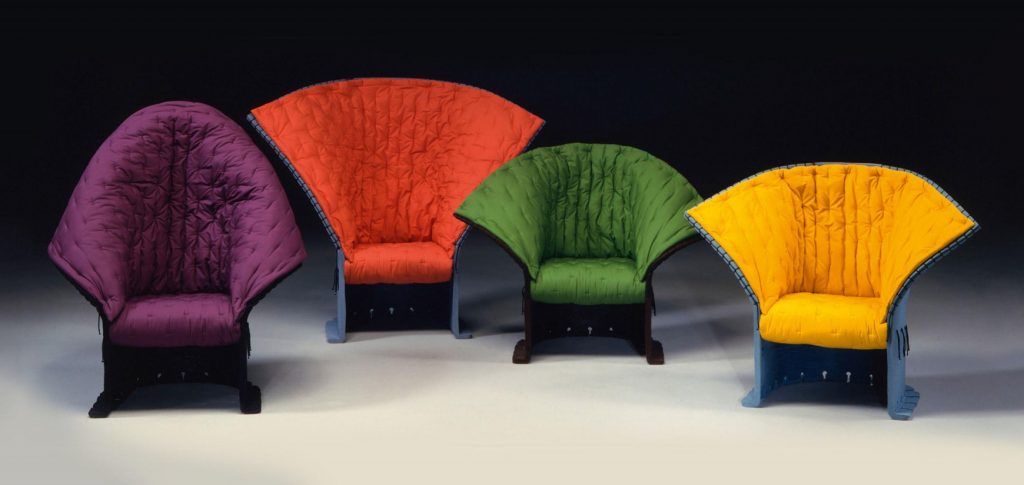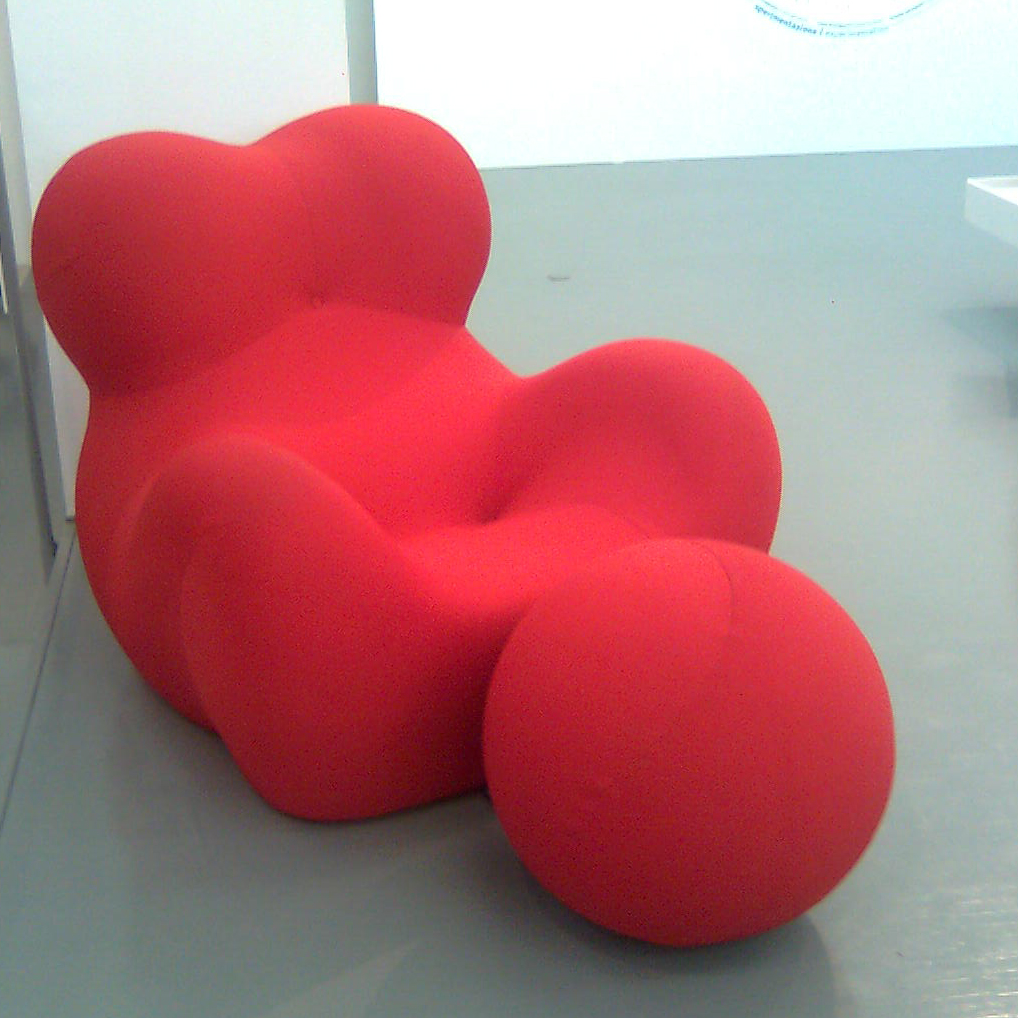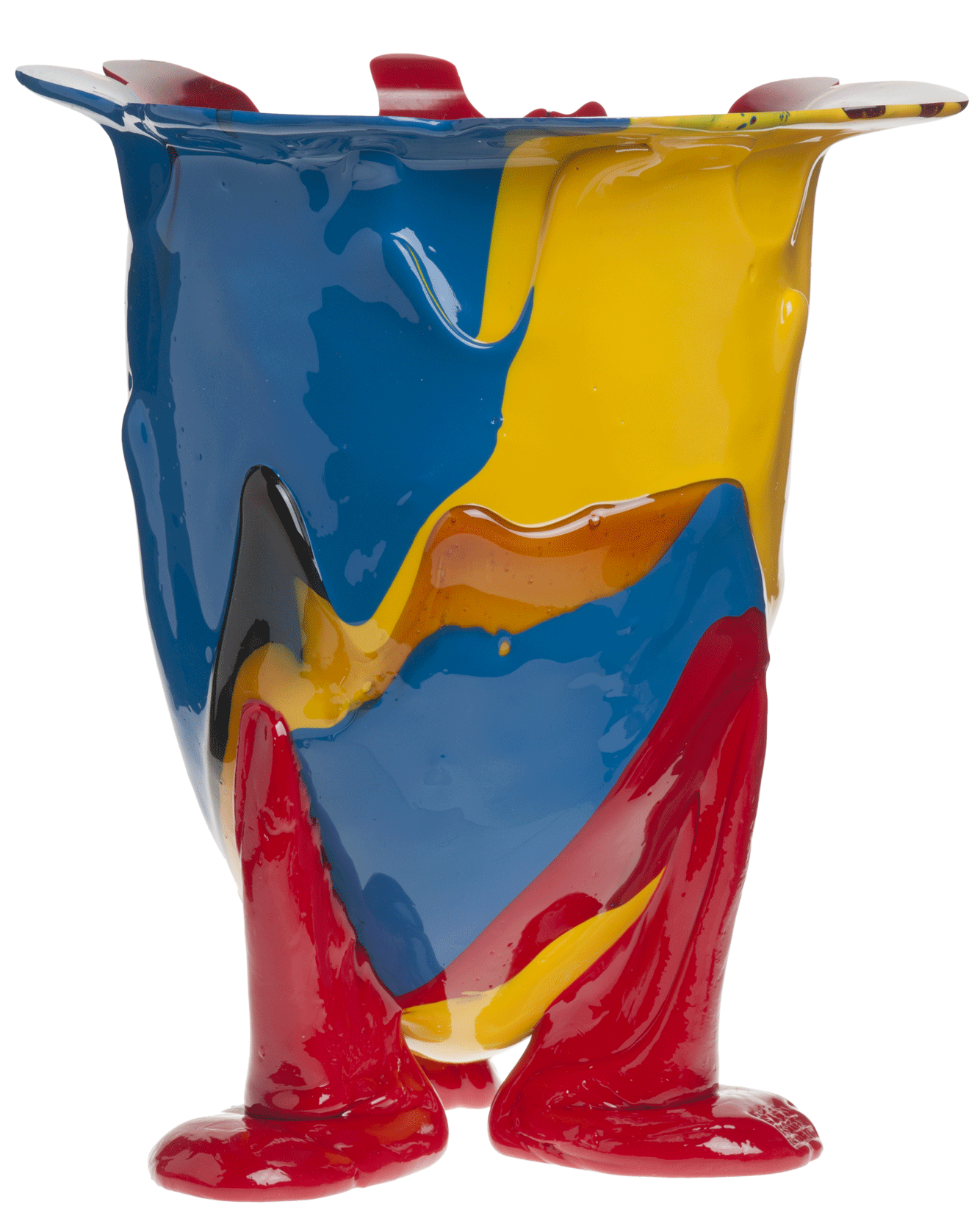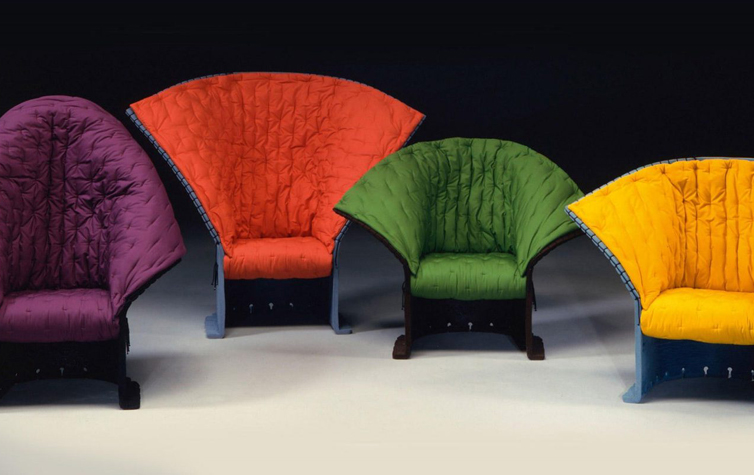
During the course of a career that launched in the mid-1960s, Gaetano Pesce has worked in various media and disciplines, including furniture design and architecture. Much like the famed artists of the Renaissance, Pesce is proud to label his work as multidisciplinary.
“We are not static in one thing,” he told Surface magazine earlier this year. “In Milan, it will be architectural drawings; sculpture made of ice; resin jewelry, UP 5 and 6. And I stress multi-disciplinary because in America there’s an emphasis on specialty. It’s very important. Michelangelo was a poet, a painter, and a sculptor.”
Pesce was born in La Spezia, Italy, in 1939. He studied architecture at the University of Venice from 1958–1963 and was a participant in Gruppo N, a collective focused on expanding the concept of programmed art expounded by the Bauhaus movement. During this time he also worked at three Murano glass factories, which influenced the work he continues to do in resin.

After completing his studies, Pesce met Cesare Cassina, cofounder of the Cassina furniture manufacturing company. It was with this company that he created some of his most renowned furniture designs, including the UP series. UP 5 and 6, also known as “Donna,” are an anthropomorphic chair and ottoman resembling a female figure attached to a ball.
“In this design I have expressed my idea of women,” the designer recounted in the textbook Un’ Industria per il Design. “A woman is always confined, a prisoner of herself against her will. For this reason I wanted to give this chair the shape of a woman with a ball chained to her foot to use the traditional image of a prisoner.”
Beyond the powerful aesthetic and socio-political impacts of the design, the piece was the result of innovative manufacturing. The chair was constructed of a molded monoblock of foam and had no supporting structure. The finished piece was next covered in elastic nylon jersey and reduced to about 10 percent of its normal volume in a vacuum chamber, then wrapped in airtight foil. That condensed furniture piece was easily transportable and, after the removal of the foil, would slowly recover its original shape.

In addition to creating works that are featured in the permanent collections of an impressive list of museums and institutions around the world, Pesce has served as a visiting lecturer and professor at institutions including Cooper Union in New York (where he now lives and works) and Institut d’Architecture et d’Etudes Urbaines in Strasbourg. He continues to produce a wide range of work, including vividly colored jewelry, furnishings and vessels, some of which is on display at MOCA’s Pacific Design Center branch in Los Angeles through Nov. 27.
For more on the designer, visit his website or follow him on Instagram.












